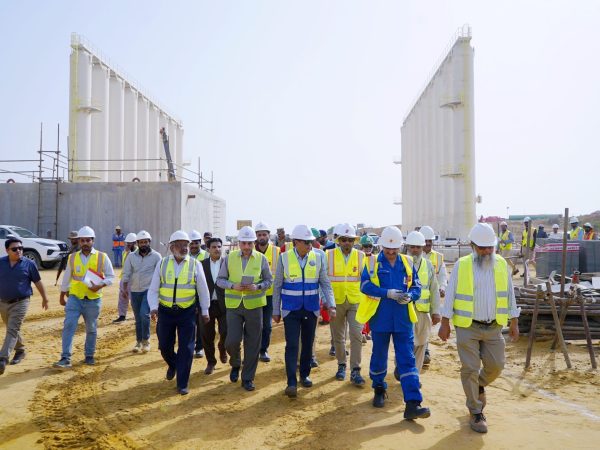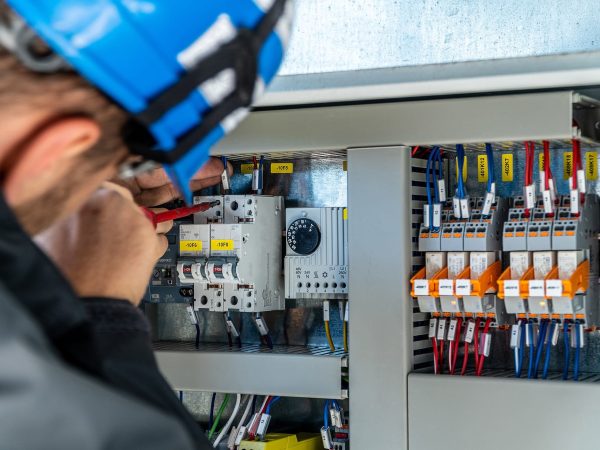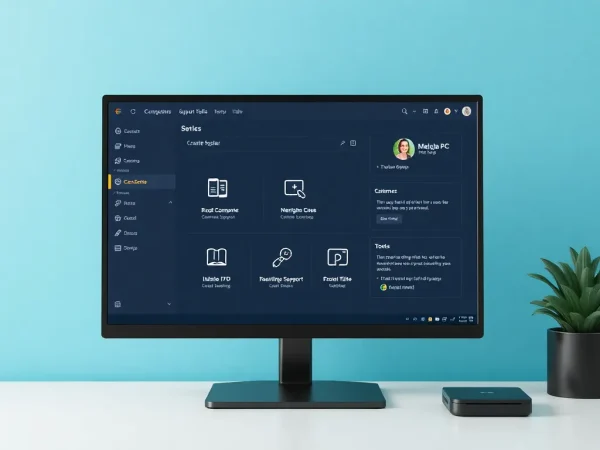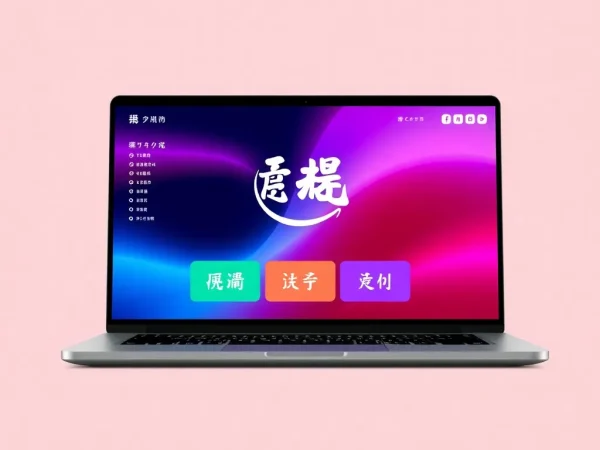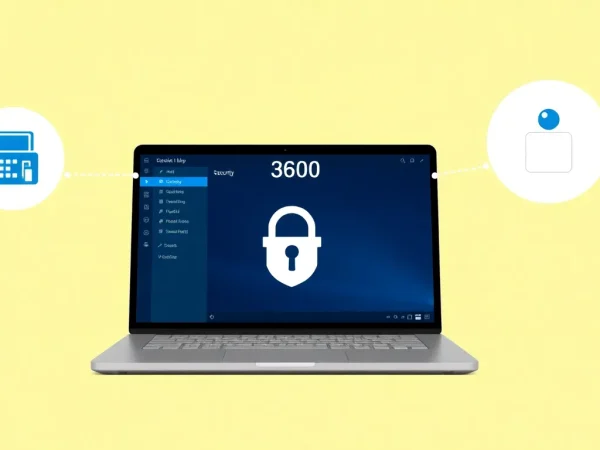Exploring the Art and Science of Post Production
In filmmaking, storytelling doesn’t end when the cameras stop rolling. It’s during Post Production that raw footage is sculpted into cinematic narratives. This crucial phase is where editing, sound, color, effects, and emotion converge, turning scattered scenes into a compelling visual experience. Whether you’re crafting a branded video, a feature documentary, or a corporate film, post production is where stories take their final and most impactful form.
As both an art and a science, post production demands technical precision and creative intuition. Understanding its elements—and the expertise required—reveals why it’s the backbone of any professional video production.
What Is Post Production?
Post production refers to the stage in the filmmaking process that occurs after the shooting is completed. It includes everything needed to finish a video project, such as:
- Video editing
- Sound editing and design
- Music composition or selection
- Color correction and grading
- Visual effects (VFX)
- Graphics and animation
- Subtitles and captions
- Mastering and final delivery
This process can take weeks or even months depending on the project’s scope and complexity. In essence, post production is where your story is finessed into a polished, watchable, and emotionally engaging product.
The Artistic Side of Post Production
Post production is not just about pressing buttons and rendering files. It is an art form that draws on creative instincts, visual storytelling, and emotional intelligence.
Building Narrative Flow
Editing is central to storytelling. In post production, the editor becomes the narrator, choosing how the story is revealed to the audience. This involves:
- Choosing the best takes
- Arranging clips to establish rhythm
- Emphasizing key moments through pacing
- Cutting to match emotional beats
A skilled editor will make decisions that evoke curiosity, tension, humor, or empathy. Seamless transitions, well-timed cuts, and subtle rhythm all contribute to narrative fluidity.
Enhancing Emotional Impact
Post production is where the emotional arc of the story is heightened. Through color grading, musical scoring, and sound design, editors can amplify a scene’s emotional resonance.
For example, a dim color palette might be used to evoke somberness in a documentary, while bright, warm tones can suggest optimism in a brand video. Music swells, silence drops, and sonic textures all contribute to the audience’s emotional experience.
Visual Storytelling Through Graphics
In today’s digital age, on-screen graphics are often essential. Whether you’re incorporating lower-thirds, motion titles, charts, or animated sequences, these elements are created and integrated during post production.
A well-designed graphic not only delivers information—it reinforces brand identity and visual coherence.
The Scientific Precision of Post Production
While editing may be creative, the post production process also relies on science—software, codecs, formats, and workflows all require technical know-how.
Managing Media and Workflow
Editors deal with vast amounts of footage, sometimes in multiple formats and resolutions. Proper media management is essential. This includes:
- Ingesting and organizing raw footage
- Creating backups and project files
- Managing proxies for smoother editing
- Color space and resolution standardization
A disorganized post production workflow can delay deadlines and compromise quality. Experienced editors use precise file-naming conventions, folder structures, and timecode syncing to stay efficient.
Color Correction and Grading
Color correction involves adjusting footage to achieve consistent color, exposure, and white balance. Color grading goes a step further—infusing the footage with stylistic tones to support the mood and visual identity of the project.
Advanced software like DaVinci Resolve or Adobe Premiere Pro allows editors to manipulate shadows, highlights, contrast, and saturation at a granular level.
Sound Engineering and Audio Sync
Audio is often considered half the viewing experience. Post production requires editors to:
- Clean audio (removing hums, pops, and background noise)
- Sync dialogue with video (especially in multi-camera shoots)
- Balance sound levels between voice, music, and effects
- Design atmospheres and spatial audio using surround sound mixing
The use of DAWs (Digital Audio Workstations) like Pro Tools or Adobe Audition is essential to produce cinematic-level soundscapes.
The Role of Software in Post Production
Modern post production relies heavily on professional-grade software. Commonly used programs include:
- Adobe Premiere Pro – For non-linear video editing
- DaVinci Resolve – For color grading and editing
- After Effects – For motion graphics and visual effects
- Avid Media Composer – Popular in TV and film
- Final Cut Pro – Preferred by many independent editors
- Pro Tools – For professional sound editing and mixing
Knowledge of these tools is only part of the equation. Mastery comes from understanding how to use them to serve the story.
How Post Production Shapes Cinematic Experiences
Great visuals alone do not create cinema. What makes a story cinematic is its pacing, emotion, immersion, and clarity—all refined in post production.
Creating Continuity
Even the most experienced filmmakers face continuity issues on set. Post production corrects these through clever cuts, reshoots, or even visual masking techniques.
Establishing Style
Each project has a visual tone. Post production ensures consistent style through editing rhythm, color palette, transitions, and typography. A modern, fast-paced brand video will be cut differently from a poetic, slow-paced documentary.
Audience Connection
Post production helps tailor content for different platforms. From vertical formats for social media to 4K cinematic releases, final exports must meet platform-specific standards without compromising quality. Tap into everything we offer — discover it all on our official Instagram page.
Common Mistakes in Post Production (and How to Avoid Them)
Ignoring Audio Quality
Crystal-clear visuals can’t save a film with poor sound. Investing in audio editing and sound mixing is non-negotiable.
Overusing Transitions and Effects
Too many effects can feel amateurish. Post production is most powerful when effects support storytelling—not distract from it.
Skipping Color Grading
Uncorrected color makes a film look unfinished. Even a basic grade can dramatically enhance professionalism.
Rushing the Process
Post production takes time. Rushing it can lead to errors, missed opportunities, and subpar storytelling. Always allocate proper time for editing, revisions, and mastering.
Why Choose CBA Videography for Post Production?
At CBA Videography, post production is treated as a sacred process. We don’t just edit—we create emotional journeys. Our seasoned editors, colorists, and sound designers bring technical prowess and artistic insight to every project.
Tailored Storytelling
We collaborate closely with clients to understand their goals, audiences, and brand identity—then translate it into a polished visual narrative.
High-End Software and Tools
Using industry-standard editing suites, we deliver broadcast-quality results optimized for web, television, and cinema.
Efficiency and Transparency
Our workflows are efficient and deadline-driven, with regular updates and review checkpoints so you’re never left in the dark.
Whether you’re producing a corporate video, a documentary, or a promotional campaign, CBA Videography ensures every frame, note, and pixel is perfectly aligned.
Post Production for Different Content Types
Corporate Videos
In the corporate world, clarity, brevity, and professionalism are key. Post production refines messaging, integrates branding, and ensures tone aligns with company values.
Documentaries
For unscripted narratives, post production is vital in constructing story arcs, adding subtitles, integrating archival footage, and syncing multiple sources of sound and video.
Commercials and Promos
Speed and impact are crucial. Post production focuses on timing, punchy transitions, dynamic soundtracks, and bold visuals.
Social Media Content
Vertical formatting, rapid editing styles, and caption integration are essential. Post production optimizes your content for platforms like Instagram, YouTube, and TikTok.
Frequently Asked Questions
What is the difference between post production and editing?
Editing is one part of post production. Post production includes editing along with sound design, color grading, effects, and final delivery.
How long does post production typically take?
Depending on project size, post production may take anywhere from a few days to several weeks.
Can I be involved in the editing process?
Yes. At CBA Videography, we encourage collaborative feedback during the post production phase to ensure your vision is met.
Do I need color grading for all projects?
Yes—color grading enhances the visual appeal and adds a professional touch, even for short videos.
What formats do you deliver in?
We can export to a range of formats: MP4, MOV, ProRes, H.264, 4K, HD, vertical, or square—optimized for your target platform.
Conclusion: Post Production Is the Final, Crucial Brushstroke
In the ever-evolving world of video production, post production remains the powerful final brushstroke that defines the entire painting. It blends technical mastery with creative storytelling, turning raw clips into emotionally resonant experiences.
Whether you’re working on a personal project, corporate film, or branded content, partnering with a team that understands both the art and science of post production makes all the difference. At CBA Videography, we bring stories to life—not just with our cameras, but with our edits.
Contact Us
Name: CBA Videography
Phone: (647) 376-4642
Address: Toronto, ON, Canada
Website: https://cbavideography.com/
Email: [email protected]
Instagram: CBA Videography Instagram
LinkedIn: CBA Videography LinkedIn


